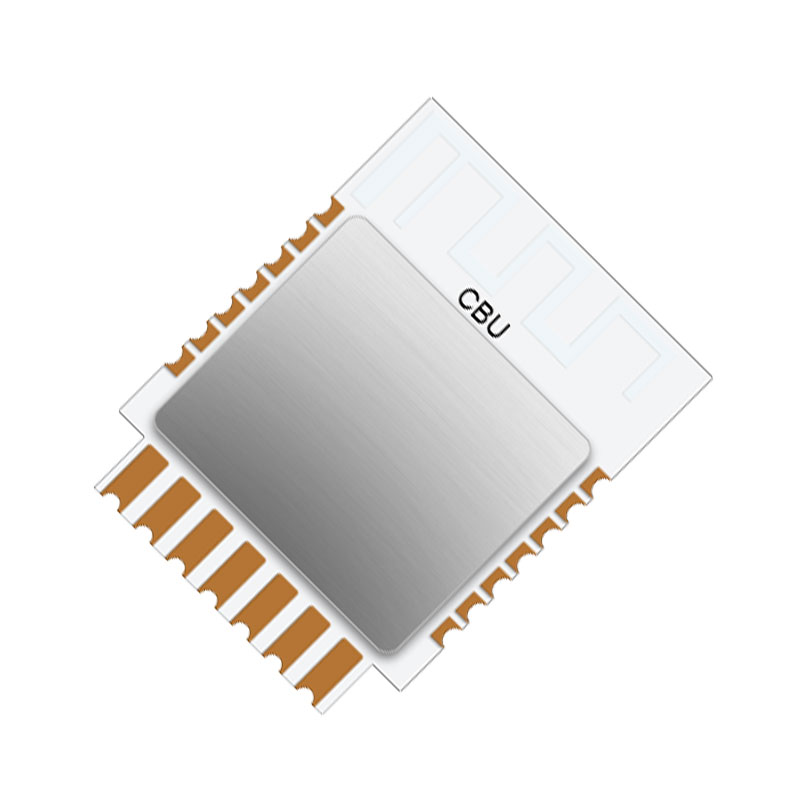The Internet of Things (IoT) has revolutionized the way we interact with technology, connecting devices and enabling data exchange on an unprecedented scale. At the heart of the IoT ecosystem are IoT modules, which serve as the building blocks for various IoT applications. These modules come in different types, each tailored to specific use cases and requirements. In this article, we will explore the different types of IoT modules available and their applications.

Wi-Fi modules are one of the most common types of IoT modules. They enable devices to connect to the internet and communicate with other devices over a Wi-Fi network. These modules are widely used in smart home automation, industrial monitoring, and healthcare applications. Wi-Fi modules offer a reliable and high-speed wireless connection, making them suitable for applications that require real-time data transfer and remote control.
Bluetooth modules are another popular choice for IoT applications. They allow devices to connect and communicate wirelessly over short distances. Bluetooth modules are commonly used in wearable devices, smart sensors, and IoT-enabled healthcare devices. These modules are power-efficient and have low latency, making them ideal for applications where battery life and real-time data transmission are crucial.
Cellular modules enable IoT devices to connect to cellular networks, such as 2G, 3G, 4G, and emerging 5G networks. These modules provide a wide coverage area, allowing IoT devices to be deployed in remote locations where Wi-Fi or Bluetooth connectivity may not be available. Cellular modules are commonly used in asset tracking, fleet management, and smart city applications. However, they tend to consume more power compared to Wi-Fi or Bluetooth modules.
LoRaWAN (Long Range Wide Area Network) modules are designed for long-range communication with low power consumption. These modules operate in the license-free Industrial, Scientific, and Medical (ISM) bands and offer excellent coverage in outdoor environments. LoRaWAN modules are commonly used in applications such as agriculture, smart metering, and environmental monitoring. They are capable of transmitting data over several kilometers, making them suitable for IoT deployments in large areas.
In conclusion, there are various types of IoT modules available, each with its own features and applications. Wi-Fi modules provide high-speed connectivity, Bluetooth modules offer low-power communication over short distances, cellular modules enable IoT devices to connect to cellular networks, and LoRaWAN modules provide long-range communication with low power consumption. Understanding the different types of IoT modules and their capabilities is essential for selecting the right module for your specific IoT application.
 Trolink Joint With Tuya to Make Iot Benefit Every Family
Trolink Joint With Tuya to Make Iot Benefit Every Family
 WiFi モジュールを選択するために知っておくべき 5 つの主要な指標 !
WiFi モジュールを選択するために知っておくべき 5 つの主要な指標 !
 IOTモジュールはスマート製品の頭脳です
IOTモジュールはスマート製品の頭脳です
 What is the signal coverage range of the WiFi module chip?
What is the signal coverage range of the WiFi module chip?